
Vigna vexillatta
(MRP Inclusive of all taxes)
- Shipping ₹79 for entire order
- Dispatch in 7 days
- Country of origin: India

(MRP Inclusive of all taxes)
 Save 29%
Save 29%
Air Purifier Money Plant with Pot The Air Purifier Money Plant, also known as Pothos or Epipremnum aureum, is a stunning indoor plant that...
View full details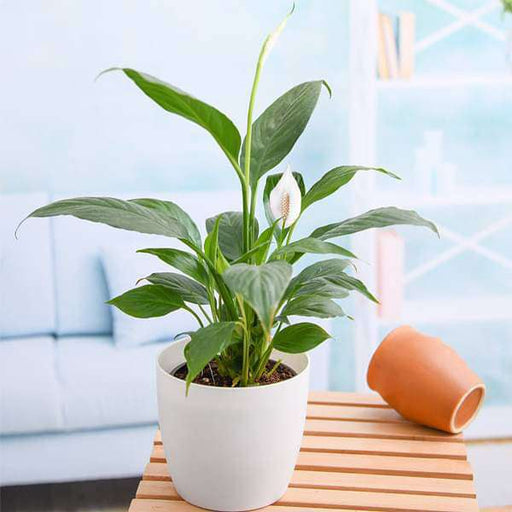
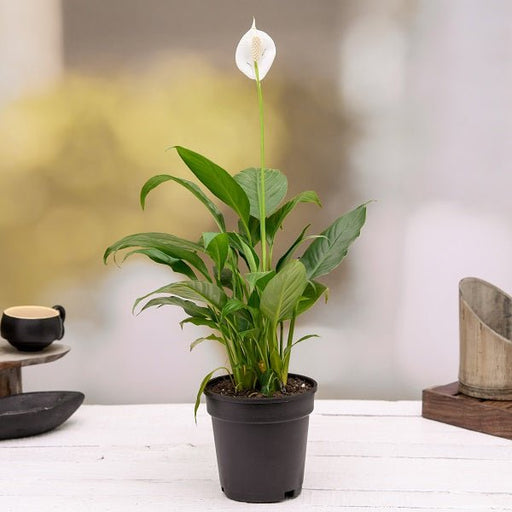 Save up to 15%
Save up to 15%
Peace Lily, Spathiphyllum - Plant The Peace Lily, scientifically known as Spathiphyllum, is a stunning houseplant celebrated for its elegant white...
View full details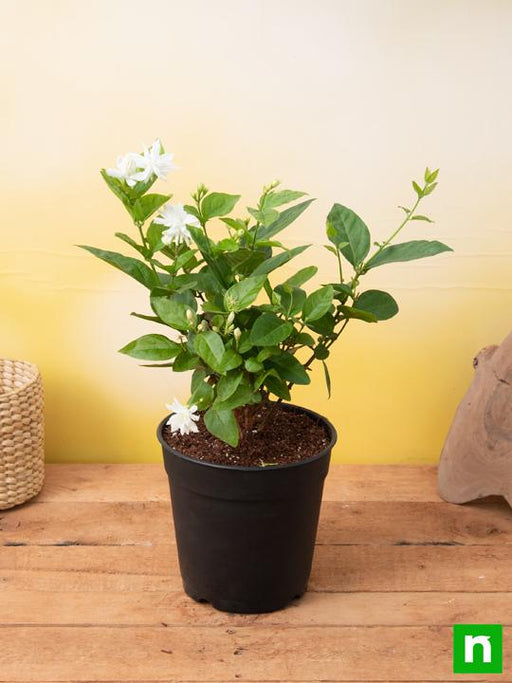
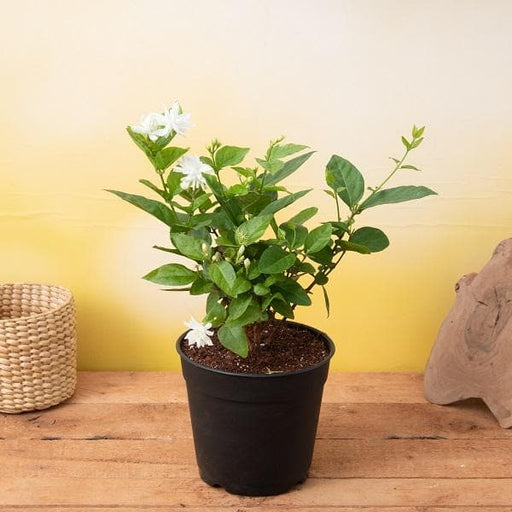 Save 25%
Save 25%
Jasminum sambac, Mogra, Arabian Jasmine - Plant Jasminum sambac, commonly known as Mogra or Arabian Jasmine, is a fragrant flowering plant...
View full details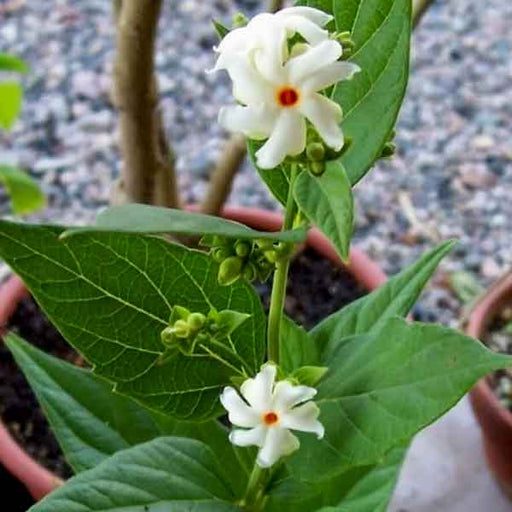
 Save 18%
Save 18%
Combo Constituents Includes the Parijat Tree (Night-Flowering Jasmine), a culturally significant plant with fragrant flowers. Description The Pari...
View full details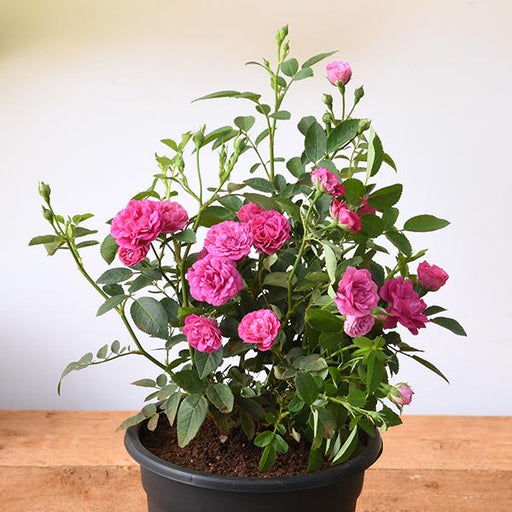
 Save 25%
Save 25%
Miniature Rose, Button Rose (Any Color) - Plant The Miniature Rose, also known as the Button Rose, is a charming and compact flowering plant that ...
View full details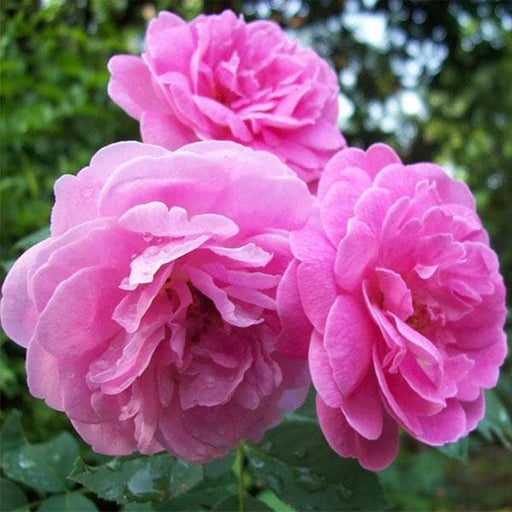 Save 25%
Save 25%
Damascus Rose, Scented Rose (Any Color) - Plant The Damascus Rose, also known as Rosa damascena, is a timeless symbol of beauty and romanc...
View full details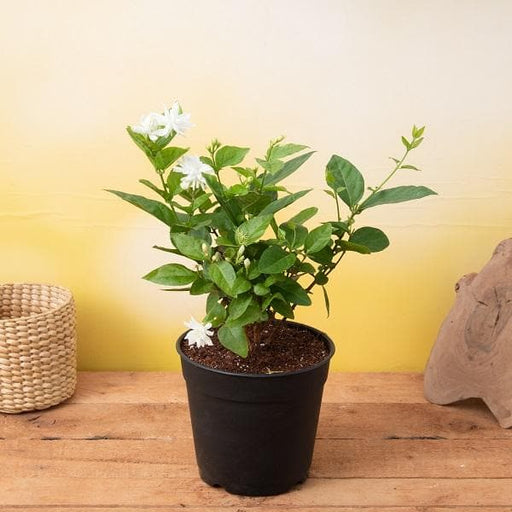
 Save 17%
Save 17%
Beautiful Fragrant Mogra, Arabian Jasmine Plant with Pot The Beautiful Fragrant Mogra, also known as Arabian Jasmine (Jasminum sambac), is...
View full details Save 15%
Save 15%
Pack of Vermicompost and Neem Cake for House Plants Transform your indoor garden with our premium Pack of Vermicompost and Neem Cake, spec...
View full details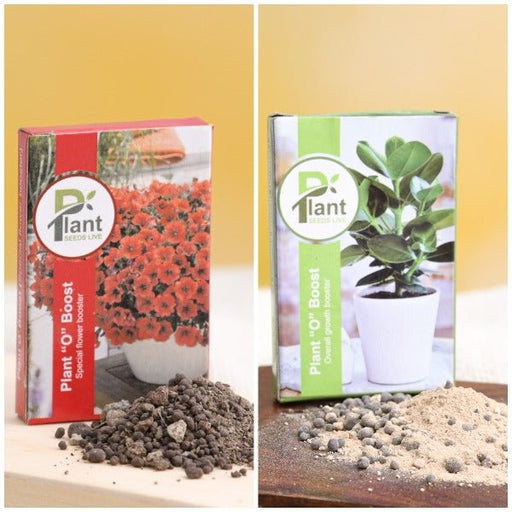
Pack of Plant Growth and Flower Boosters Unlock the full potential of your garden with our Pack of Plant Growth and Flower Boosters! This ...
View full details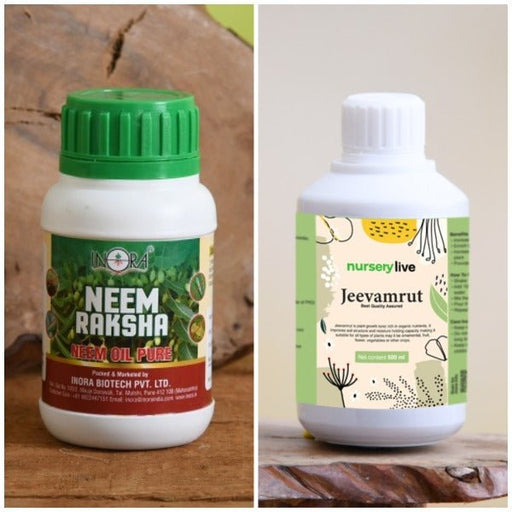 Save 38%
Save 38%
Combo of Jeevamrut and Neem Raksha for Easy Growth and Protection of Houseplants Transform your indoor garden with our exclusive combo of ...
View full details Save 22%
Save 22%
Plant Nutrients Kit (Pack of 16) for a Healthy Garden Transform your garden into a lush paradise with our Plant Nutrients Kit, featuring 1...
View full details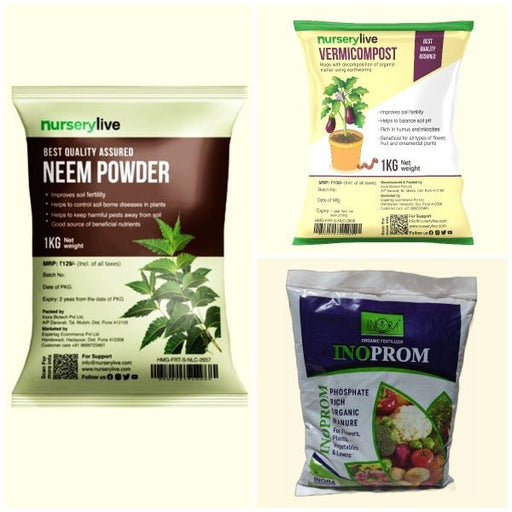 Save 16%
Save 16%
Combo of Top Plant Fertilizers Elevate your gardening game with our exclusive Combo of Top Plant Fertilizers, featuring two bags of premiu...
View full details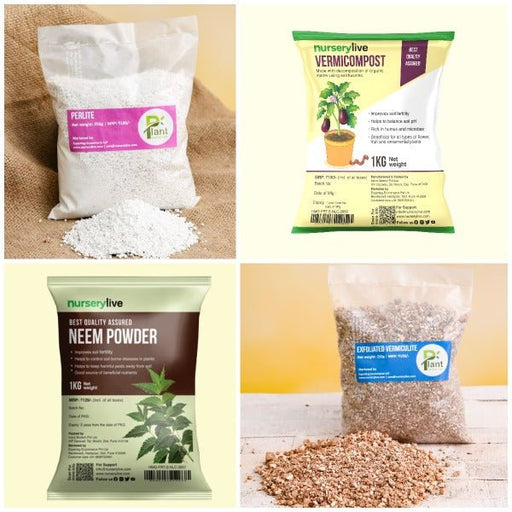 Save 24%
Save 24%
Pack of 4 Additives to Make Soil Healthy and Nutrient Rich Transform your garden into a thriving ecosystem with our Pack of 4 Additives de...
View full details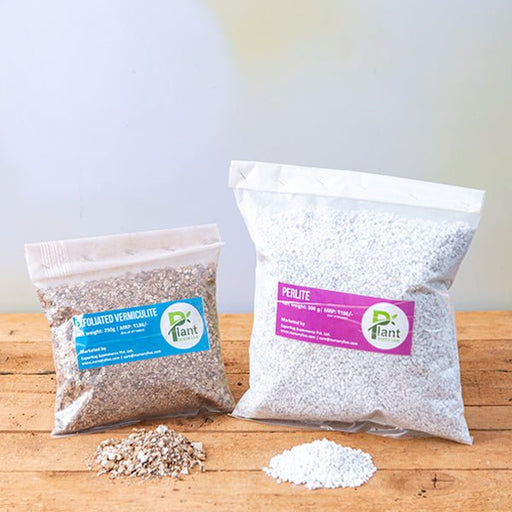 Save 30%
Save 30%
Transform your gardening experience with our premium Combo of Perlite and Vermiculite. This unique blend is designed to enhance soil aeration and ...
View full details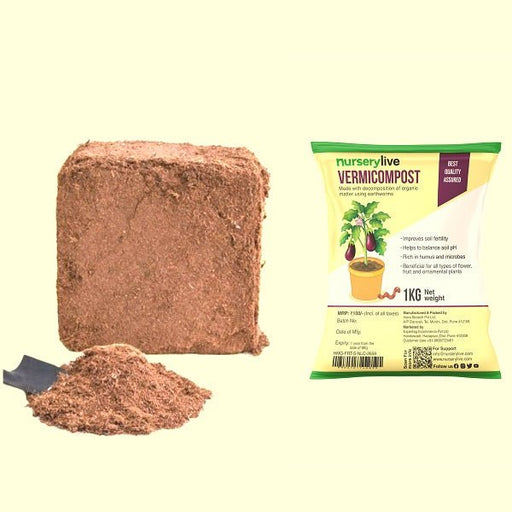 Save 27%
Save 27%
Combo of 2 Vermicompost and Cocopeat - Enrich Your Soil Naturally! Transform your garden into a thriving ecosystem with our Combo of 2 Ver...
View full details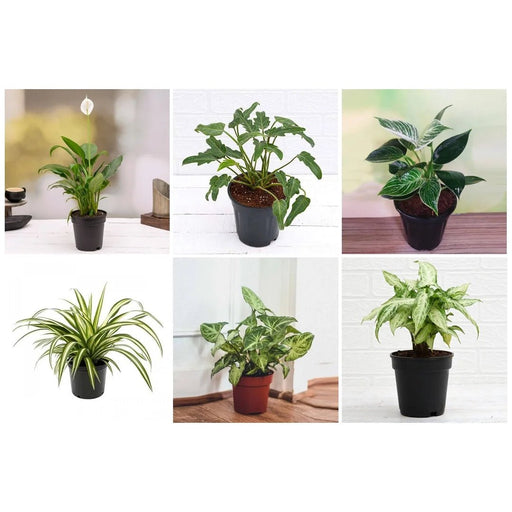
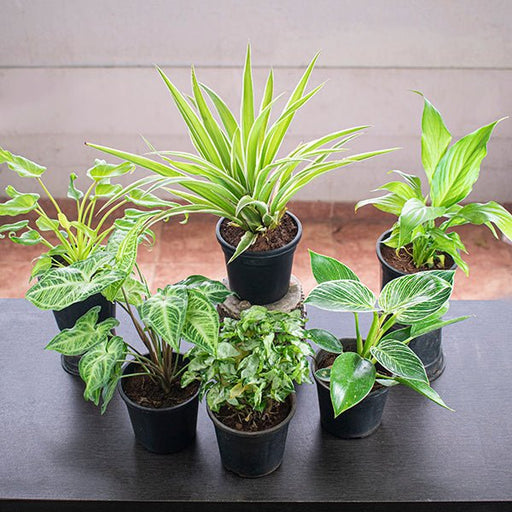 Save 35%
Save 35%
Best 6 Plants for Perfect Indoor Garden Transform your living space into a lush oasis with our curated collection of the Best 6 Plants for a...
View full details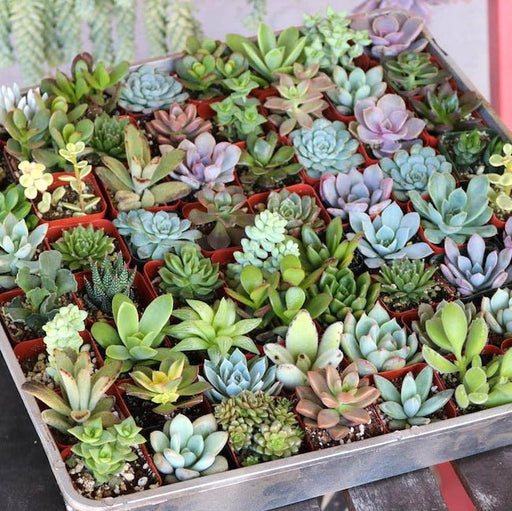
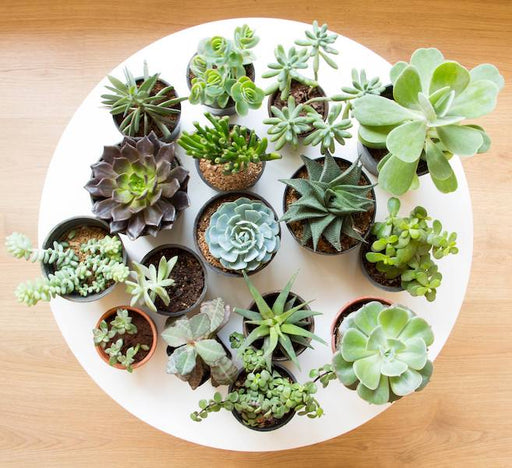 Save up to 50%
Save up to 50%
Mini Succulent Garden Pack Transform your space with our Mini Succulent Garden Pack, featuring a delightful collection of 4 any variety beautiful s...
View full details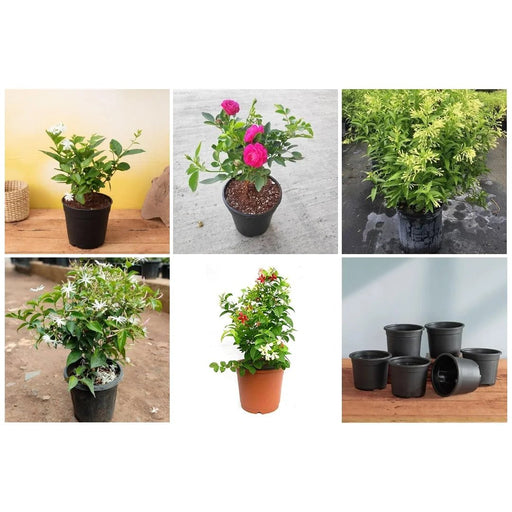
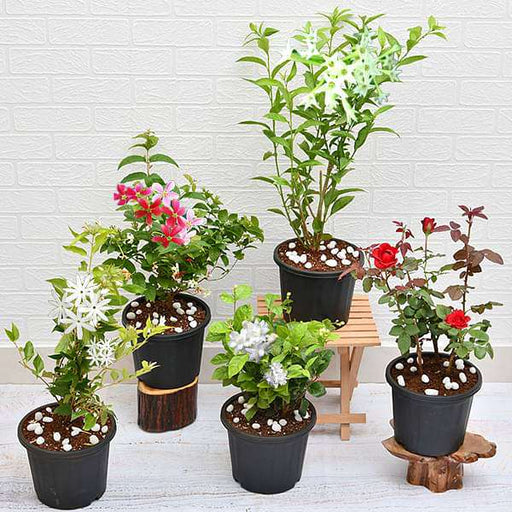 Save 30%
Save 30%
5 Best Fragrant Plants Transform your garden or indoor space into a fragrant paradise with our curated selection of the 5 Best Fragrant Plants. Th...
View full details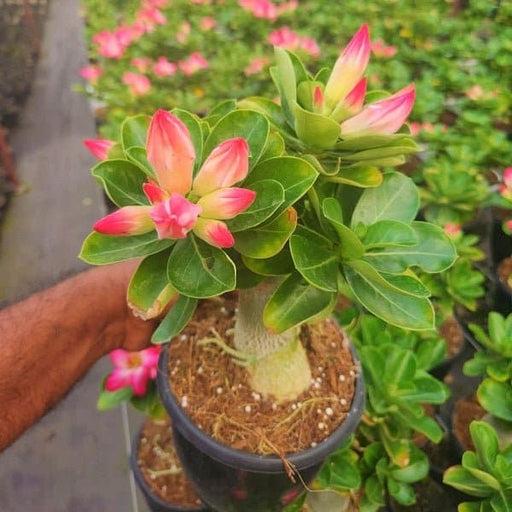
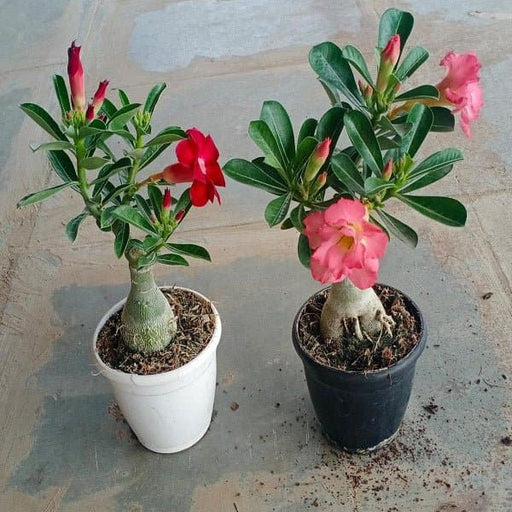 Save 24%
Save 24%
Set of 2 Bonsai Looking Grafted Adeniums Transform your indoor or outdoor space with our exquisite Set of 2 Bonsai Looking Grafted Adenium...
View full details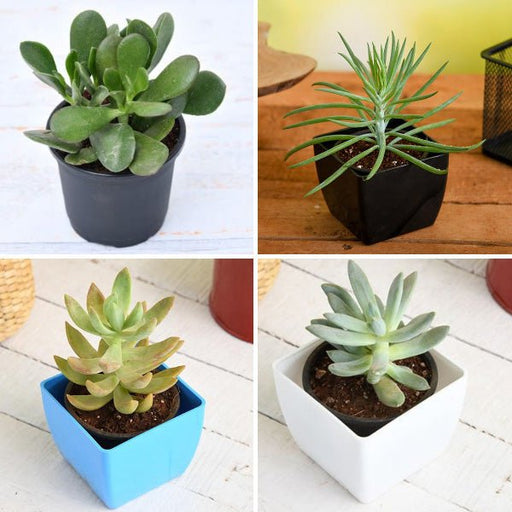 Save 45%
Save 45%
Top 4 Die Hard Succulents Pack Transform your indoor or outdoor space with our Top 4 Die Hard Succulents Pack, featuring a curated selecti...
View full details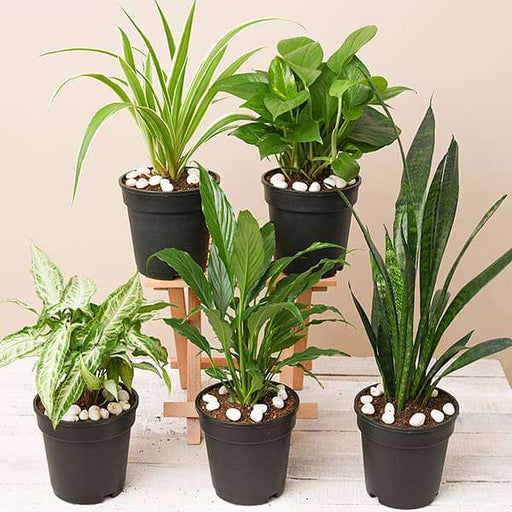
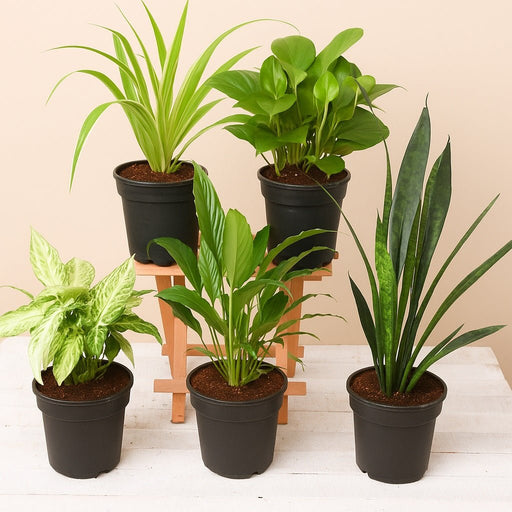 Save 30%
Save 30%
5 Best Indoor Plants Pack Transform your living space into a lush oasis with our '5 Best Indoor Plants Pack.' This carefully curated collection fe...
View full details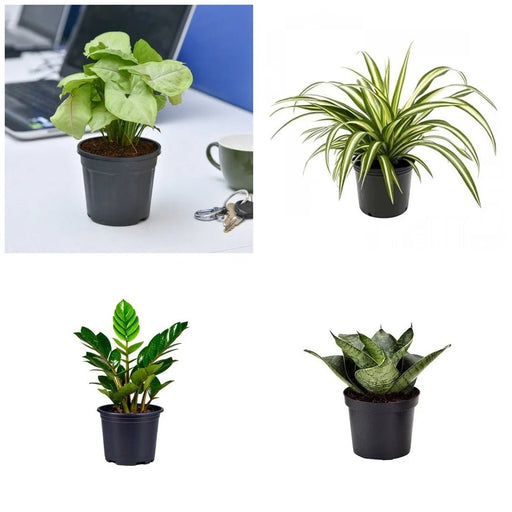
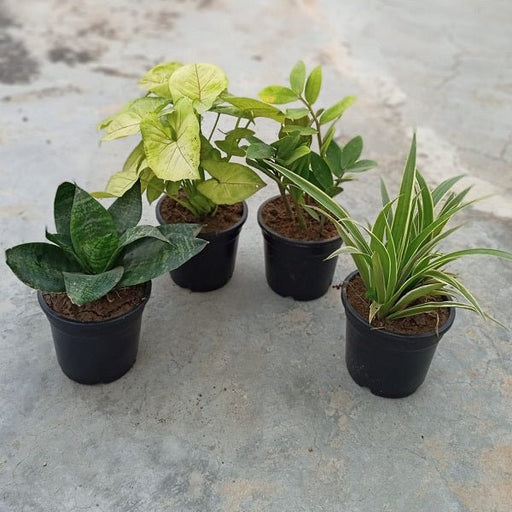 Save 25%
Save 25%
Set of 4 Evergreen Air Purifier Plant Pack Transform your indoor space into a lush, green oasis with our Set of 4 Evergreen Air Purifier Pla...
View full details| SrNo | Item Name |
|---|---|
| 1 | Vigna vexillatta |
Vigna vexillatta, commonly known as the 'Flag Bean', is a remarkable legume native to tropical regions of Africa and Asia. This climbing plant is not only valued for its edible seeds and pods but also for its ability to improve soil fertility through nitrogen fixation. With its vibrant flowers and lush foliage, it serves as an attractive addition to gardens and agricultural landscapes alike.
What makes Vigna vexillatta special is its adaptability to various soil types and climatic conditions, making it a resilient choice for sustainable farming. Its seeds are rich in protein, making them a nutritious food source for both humans and livestock. Additionally, this plant plays a crucial role in crop rotation systems, enhancing biodiversity and soil health.
One of the standout features of Vigna vexillatta is its rapid growth rate, which allows it to cover ground quickly, suppressing weeds and preventing soil erosion. Its ability to thrive in poor soils while enriching them makes it an eco-friendly option for farmers looking to enhance their agricultural practices.
Vigna vexillatta contributes positively to the environment by improving soil structure and fertility, reducing the need for chemical fertilizers. Its ability to grow in marginal soils makes it a sustainable choice for farmers in challenging climates, promoting biodiversity and resilience in agricultural systems.
If you’re looking for a plant that’s not just a pretty face, Vigna vexillatta is your go-to green companion. This leguminous wonder is packed with benefits, from enriching the soil with nitrogen to providing a habitat for beneficial insects. It’s like the Swiss Army knife of the plant world—offering food, shelter, and a touch of green elegance. Plus, it’s a great conversation starter at parties. “Oh, you’ve never heard of Vigna vexillatta? Let me enlighten you!”
Caring for Vigna vexillatta is like nurturing a diva—she needs just the right amount of sunlight, water, and love. This tree thrives in well-drained soil and prefers a sunny spot to show off its leafy glory. Just remember, overwatering is a no-no; think of it as giving your diva too much attention. A little pruning here and there will keep her looking fabulous, and before you know it, you’ll have a botanical superstar in your garden.
If you’re impatient for instant gratification, Vigna vexillatta might just be your new best friend. This tree has a growth rate that could make a cheetah jealous. With the right conditions, you’ll see it flourish in no time, reaching impressive heights and spreading its leafy arms wide. It’s like watching a time-lapse video of nature’s magic—one moment it’s a sapling, and the next, it’s the towering centerpiece of your garden.
Vigna vexillatta is a true globetrotter, thriving in a variety of habitats. From tropical rainforests to savannas, this tree knows how to adapt and make itself at home. It’s like that friend who can fit in anywhere—whether it’s a fancy gala or a backyard barbecue, Vigna vexillatta brings its charm and resilience. Just make sure it has enough space to spread its roots and show off its leafy splendor.
The uses of Vigna vexillatta are as diverse as its habitats. This tree isn’t just a pretty sight; it’s a multitasker! From providing shade to serving as a natural fence, it’s the ultimate utility player in the garden. Plus, its edible seeds are a tasty treat for both humans and wildlife. Who knew a tree could be so generous? It’s like the friend who always brings snacks to the party—everyone loves it!
Propagating Vigna vexillatta is easier than convincing your cat to ignore that laser pointer. You can start this beauty from seeds or cuttings, and with a little patience, you’ll have new trees sprouting up like popcorn. Just plant them in well-drained soil, give them some love, and watch as they take off. It’s a rewarding experience that’ll make you feel like a proud parent—minus the sleepless nights.
Every garden has its villains, and Vigna vexillatta is no exception. While this tree is generally resilient, it can attract a few pesky pests. Aphids and caterpillars might try to crash the party, but with a little vigilance and some organic pest control, you can keep your leafy friend safe. Think of it as a superhero training montage—your Vigna vexillatta will emerge stronger and ready to take on the world!
Vigna vexillatta is a bit of a soil snob, preferring well-drained, loamy soil to thrive. It’s not asking for much—just a cozy bed to spread its roots and soak up nutrients. If your soil is too heavy or clay-like, it might throw a tantrum. So, mix in some organic matter and ensure good drainage, and you’ll have a happy tree that rewards you with lush foliage and a sense of pride.
This tree is a sun-worshipper, thriving in warm, tropical climates. If you live in a place where winter means snow shovels and hot cocoa, you might want to consider a greenhouse for your Vigna vexillatta. It’s like that friend who can’t handle the cold—keep it warm and cozy, and it’ll flourish. Just remember, it’s not a fan of frost, so protect it from those chilly surprises!
Vigna vexillatta isn’t just a feast for the eyes; its seeds are edible and packed with nutrients. Think of them as nature’s little power snacks—perfect for a quick energy boost. You can toss them in salads, soups, or even munch on them raw. Just be sure to prepare them properly, as some legumes require cooking to be safe. It’s like a culinary adventure waiting to happen!
If you’re looking to elevate your landscaping game, Vigna vexillatta is the secret ingredient you didn’t know you needed. This tree adds height, texture, and a splash of green to any garden design. Whether you’re going for a tropical paradise or a rustic retreat, Vigna vexillatta fits right in. It’s like the cherry on top of your garden sundae—deliciously delightful and sure to impress your neighbors!
Vigna vexillatta, also known as the "winged bean," is a tropical legume that’s not just a pretty face. With its unique winged pods and edible leaves, it’s a culinary superstar in Southeast Asia, offering a delightful crunch and a protein-packed punch. Who knew beans could be so versatile and charming
Native to the lush landscapes of Southeast Asia, Vigna vexillatta thrives in warm climates. It’s like the life of the party in tropical gardens, bringing flavor and nutrition to the table. So, if you’re in the mood for a culinary adventure, this bean is your passport to exotic dishes!
Growing Vigna vexillatta is as easy as pie—if pie were a tropical legume! Plant seeds in well-drained soil, give them plenty of sunlight, and watch them climb like they’re auditioning for a botanical version of “American Ninja Warrior.” Just remember to water them regularly, and they’ll reward you with delicious pods!
Vigna vexillatta is a nutritional powerhouse! Packed with protein, fiber, and essential vitamins, it’s like a health food superhero in your garden. Eating these beans can help with digestion, boost energy, and even support heart health. Who knew that a humble legume could pack such a mighty punch
Absolutely! Vigna vexillatta can be enjoyed raw, adding a delightful crunch to salads and snacks. Just make sure to wash those winged beans thoroughly, as they’ve been known to play hide-and-seek with dirt. Toss them in a salad, and you’ve got a fresh, nutritious treat that’s sure to impress!
Cooking Vigna vexillatta is a breeze! You can steam, stir-fry, or even toss them into soups. Just remember, these beans love a quick cook—overcooking them is like letting a good joke fall flat. Keep them crisp, and you’ll enjoy their delightful flavor and texture in every bite!
Yes, Vigna vexillatta is quite the resilient little legume! It can tolerate dry spells better than most, making it a great choice for those who forget to water their plants. Just don’t push your luck—while it’s drought-resistant, it still appreciates a good drink now and then to thrive!
Like any diva in the garden, Vigna vexillatta can attract a few unwanted guests. Aphids and caterpillars might try to crash the party, but don’t fret! A little neem oil or insecticidal soap can send them packing. Keep your garden fabulous and pest-free with a little TLC!
Yes, indeed! Vigna vexillatta is a legume, which means it has a special talent for fixing nitrogen in the soil. It’s like a natural fertilizer factory, enriching the earth while it grows. So, planting these beans not only benefits your plate but also your garden’s health—talk about a win-win!
The culinary possibilities with Vigna vexillatta are endless! From stir-fries to salads, and even curries, this versatile bean can jazz up any meal. Get creative and toss them into your favorite recipes, or try them in traditional dishes from Southeast Asia for an authentic taste adventure!
While Vigna vexillatta might not be the star of every grocery store, it’s gaining popularity! Check out local Asian markets or specialty stores for this gem. If all else fails, consider growing your own—then you’ll have a never-ending supply of winged beans to impress your friends!